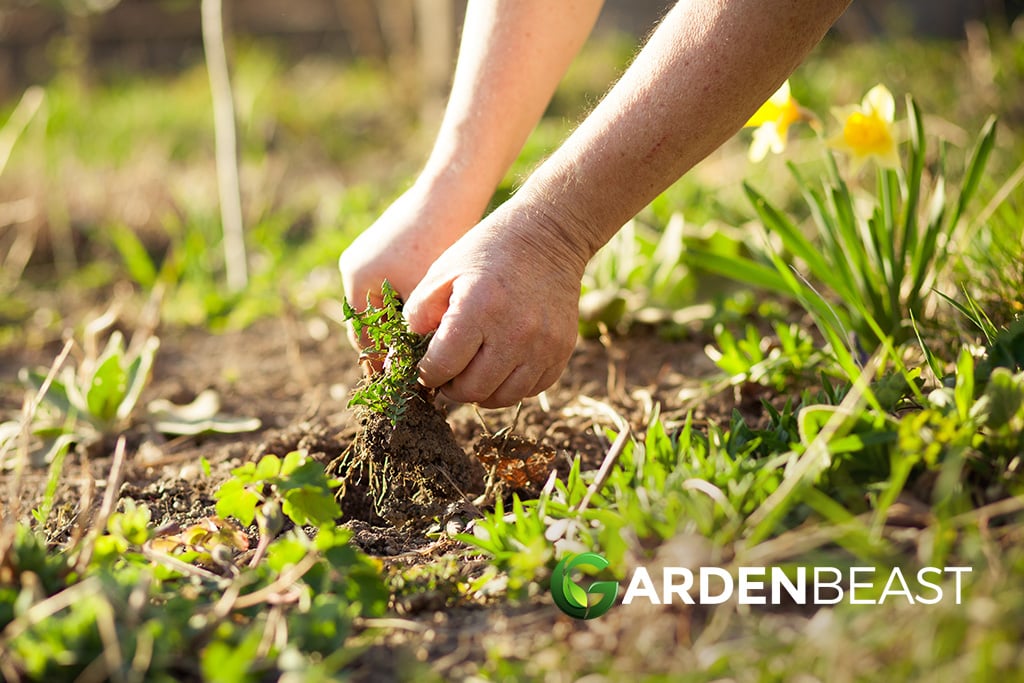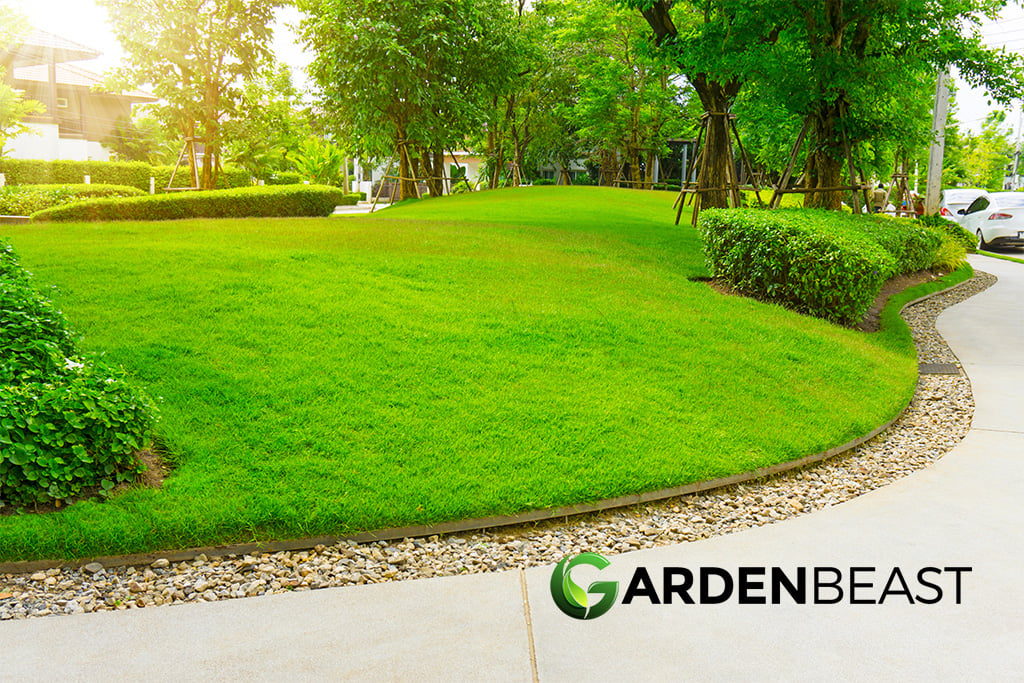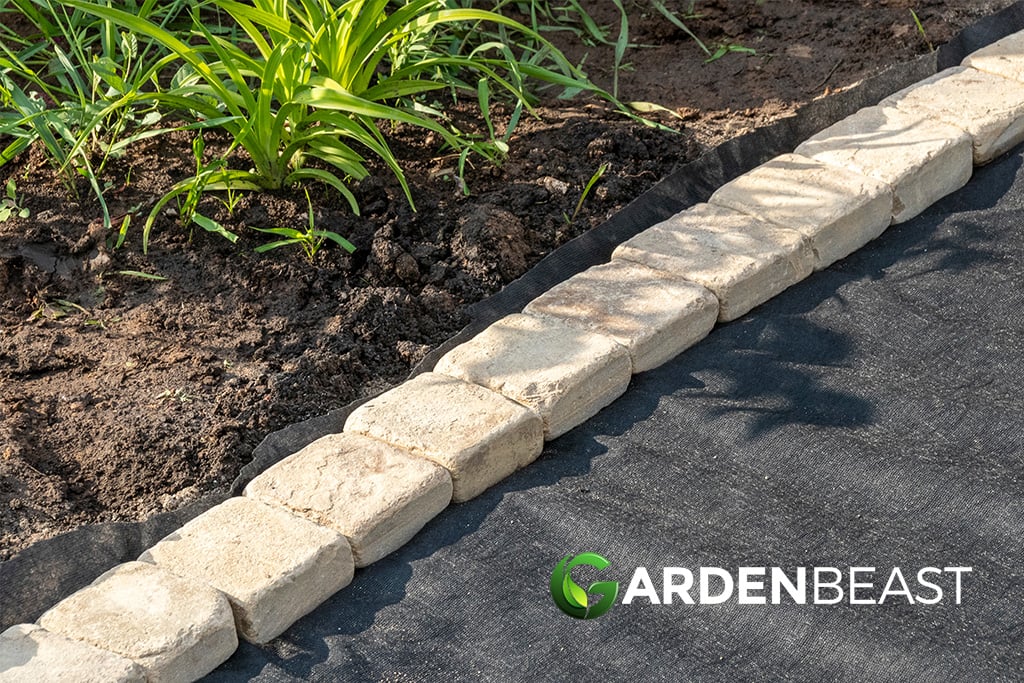Taking care of your garden requires a lot of time and effort on your part. Working in the dirt has been proven to have health benefits such as boosting the mood and getting you that much-needed Vitamin D. However when weeds start to take over your garden, you cannot help but feel despair.
No matter how much you prepare, it’s inevitable that weeds will start popping up and try to steal the spotlight. Weeds range from native species to introduced species that were planted on purpose but got out of hand. They are survivor plants that show incredible resilience. Although weeds are considered the villain in the story, some species like dandelions are in fact edible.
These unsightly plants can also be an important food source to pollinators. For example, clover is one of bees’ favorite, while Queen Anne’s lace and Bronze fennel attract ladybugs and wasps which prey on aphids and other garden pests.
Weeds can also indicate a soil problem or improve soil health by providing lacking nutrients. Dandelions might indicate that the soil requires aeration, as they prefer more compacted soil. Vetch and clover are often grown as cover crops to improve the soil.

Some gardeners consider weeds just plants whose virtues are not discovered yet, but if you fail to see any benefit to these uninvited visitors, you might want to get rid of them. Unfortunately, many strong chemical herbicides can pollute your garden, as well as the groundwater and surface water.
Luckily, there are many natural ways to remove invasive species that compete with your beloved plants. If you prefer to get rid of weeds naturally, keep on reading about the top organic solutions for preventing and removing weeds. These methods are safe, economical, and non-toxic to pets or humans.
1. Hand Weeding
This is the oldest and safest method used by our grandparents to get rid of weeds naturally. I remember one summer my friend’s grandma asked us to come by and help pull out the weeds. She had a small garden with flowers but she couldn’t bend over anymore. Picking up the weeds was a fun activity back then, but now it can be a bit time-consuming. If you have a tiny garden hand weeding could be a great solution. However, make sure you wear gardening gloves. The trick is to pull out as much as the root to ensure it will not return.

Good gardening tools such as a sharp trowel or a claw can help you loosen the roots of stubborn weeds. Many weeds will come back and need to be pulled again. Nevertheless, consistent hand weeding will reduce the population over time. When you dig out young weeds, you stop them from seeding and reproducing. Make sure you carefully dispose of seeding weeds so they don’t fall on the soil. Hand weeding works best when combined with other organic methods.
2. Use a Garden Hoe
If you are trying to de-weed larger surfaces, or if the weeds are out of control, you can use a garden hoe with a long handle. The weeds will be cut cleanly, creating dust mulch that prevents the germination of new weeds. Simply let them dry in the sun and then take them to the compost heap.

Make sure you are using this method early in the season for the best results. Even if there aren’t many weeds in your garden, go over the surface once per week to keep the soil moving. Over time, you will notice fewer and fewer weeds popping out.
3. Don’t Disrupt the Soil
When you hoe or sow, try not to overturn the soil or dig too deep, as this will expose dormant seeds to light and air. Some gardeners recommend weeding at night so that the weeds will not be stimulated by light. According to a German study, this can reduce germination by 78 per cent. You can try this method during a full moon, or at dusk.
If you’re seeding vegetables, only dig as far as you need instead of digging the entire bed. No-till farming has been shown to improve soil fertility and structure. Healthy soil and a good crop rotation can eliminate many of your pest issues. This allows less dependency on chemical weed suppression.
4. Off with Their Heads!
If you’re tired of all these weeds taking over your garden, it’s time to channel your inner Queen of Hearts and chop off their heads. Once a week, use your string trimmer or grass whip and remove the top part of the weeds before they get the chance to flower and seed. Be careful not to trim down the plants you do want to grow in your garden.
5. Trim the Garden Edges
Have you ever noticed many weeds growing around the edges of your garden or yard? You can use the string trimmer to maintain a neat edge that will prevent all these invaders from creeping into your fertile soil. Keep a close eye not only on the edges of the lawn but also around fence lines and close to planting beds. Alternatively, you can grow ground roses or perennials that shade the edges and make it more difficult for weeds to thrive. Just remember, prevention is better than the cure!

6. Don’t Give them Space
Leaving bare patches of soil can encourage nasty weeds to grow in your beautiful garden. If you have a well-draining, rich soil, plant as close together as possible. This will not prevent weed growth completely, but it will cut down the growth rate. Try to start warm-weather plants as quickly as possible so prevent the soil from being bare for a long time.
At the end of the season make sure to cover crops such as oats, winter wheat, or ryegrass. Planting perennial plants and dense ground covers is a great idea. The heavy root system of shrubs and trees, also the shade they provide can help you get rid of weeds naturally. Make sure you choose grass varieties that can grow in the shade and drought so that you don’t leave openings for unwanted weeds.
7. Let Them Crave for More
The best way to make sure invasive species won’t make your garden their home sweet home is by not giving them what they want. Some types of weeds grow well in compacted soil, especially those with a deep root system. A simple organic solution to this is to rent an aerator from a home improvement store. Providing natural aeration will do wonders on those deep-rooted weeds.
Another thing that weeds absolutely love is water. If you tend to overwater your garden, you might encourage weeds to grow in your garden. Make sure you only water the plants that want there. Avoid watering unplanted areas such as paths. Regulating irrigation and nutrients can do wonders for your garden, and pockets. Shrubs, perennials, and established trees can do well without extra irrigation or fertilizers.
8. Mulch
Mulching is a great way to get rid of weeds naturally and prevent new ones from growing. Many species of weeds thrive in compacted, poor, or disturbed soil. Enriching your soil can do wonders. Cover your planting areas with as much mulch as possible to prevent weeds seeds from coming in contact with the soil. Moreover, mulch will also keep the sunlight from reaching seeds that are already buried in the ground. They won’t even stand a chance. Besides looking pretty, mulch is also great at retaining moisture and enriching the soil. Different mulches can consist of different materials.

Medium bark chips or chunks are great for suppressing weeds. They are highly resistant to wind and compaction. You can use them in landscaping around trees, perennials, shrubs, or paths. Wood chips are less expensive than bark mulch and can be used similarly with the same results. Leaves, hulls, and straw are also great options, although they do need to be held down with a mesh or moistened so that the wind doesn’t blow them around.
9. Recycle Old Newspapers
A low-cost, organic solution is creating a carpet of newspapers that will block sunlight and oxygen from reaching the weeds. Cover the soil with newspapers in 10-sheet layers and wet them to hold in place. Next, cover with a thin layer of mulch. If you notice weeds start growing in the mulch, add more layers of newspapers until you have a mulch-newspaper sandwich. Besides smothering weeds, this is a great way to recycle and add nutrients to the soil as it breaks down.
Keep in mind that this method is less aesthetic than other options. Also, some newspapers might contain chlorine bleach or metals that can build in the soil over time. Ask your local paper about their practices, if they use oxygen or chlorine bleach, and avoid newspapers with coloured inks.
If you have a vegetable garden, raise your beds at least 12 inches (30 cm) above ground level. Line the bottom of the beds with a few layers of corrugated cardboard and fill them up with quality soil. This layering will smother the nasty weeds.
10. Landscape Fabric
Landscape fabric can be used for weed control, and although it’s not very attractive when used on its own, you can add a top layer of mulch to improve aesthetics. The mulch also protects the fabric from sun rays, thus extending its life span. Even if weeds sprout in the mulch, the fabric prevents the roots from penetrating the soil. Keep in mind that long-term use of landscape fabric can compact the soil and leak plastics, so avoid long-term use.

11. Cornmeal
Corn gluten meal is a byproduct of the corn milling process; it is completely natural and can prevent weed seeds from germination. It can be applied to lawns and other garden areas. What we love about cornmeal is that it’s non-toxic to animals and you can find certified organic products online or in your local garden centre. Spread it around established plants, only after seedlings have taken hold in the soil. You can also spread it after harvest to prevent late-season weeds.
12. Solarize
Solarizing involves covering an area exposed to weeds with a heavy plastic sheet. Let it in place for four to six weeks so that the sun gets a chance to heat the ground and kill weeds and their seeds. Keep in mind that this will also kill beneficial organisms such as bacteria, insects, and fungi. This method is good for taking control over an area where weeds are out of control. Before replanting, add some compost to the soil.
13. Homemade Weed Sprays
There are many products in your home that can be used to create a DIY weed spray. Dish soap mixtures, salt, and vinegar work effectively on some weeds but should be used with caution. Although they are natural products, too much can harm the soil and become toxic to plants and animals. Organic and natural do not necessarily mean that they are safe for your plants. Salt can remain in the ground for many years and even enter groundwater sources. Vinegar can burn the top of weeds but it can also kill nearby plants, so keep the spray on target.
14. Use Goats or Poultry
Although goats are not the ideal solution for every garden, as they eat everything in their path, they can be an excellent choice for rocky areas, hillsides, and places that are hard for people to reach. Goats can get rid of weeds naturally in areas that need some serious weed control. You don’t even have to purchase them; you can just borrow some or rent them from goat farmers or companies.
Ducks and chicken are also natural weeders. They scratch and turn soil all day long, eating shoots, slugs, and certain weeds. Use a covered pen that you can move around so you can control the area that you want the birds to work on. Keep in mind that they cannot differentiate between the weeds and the plants you want.

Although weeds aren’t evil, they can become a problem if they take over your garden. These highly resistant plants have something to teach you, and if you know how to listen they can tell you what nutrients your soil is lacking. By building good soil and regularly using these natural methods for removing and preventing weed growth, you can keep your garden tidy and healthy, without resorting to toxic chemicals.
What are your weed-removing strategies? Share them in the comments below!
